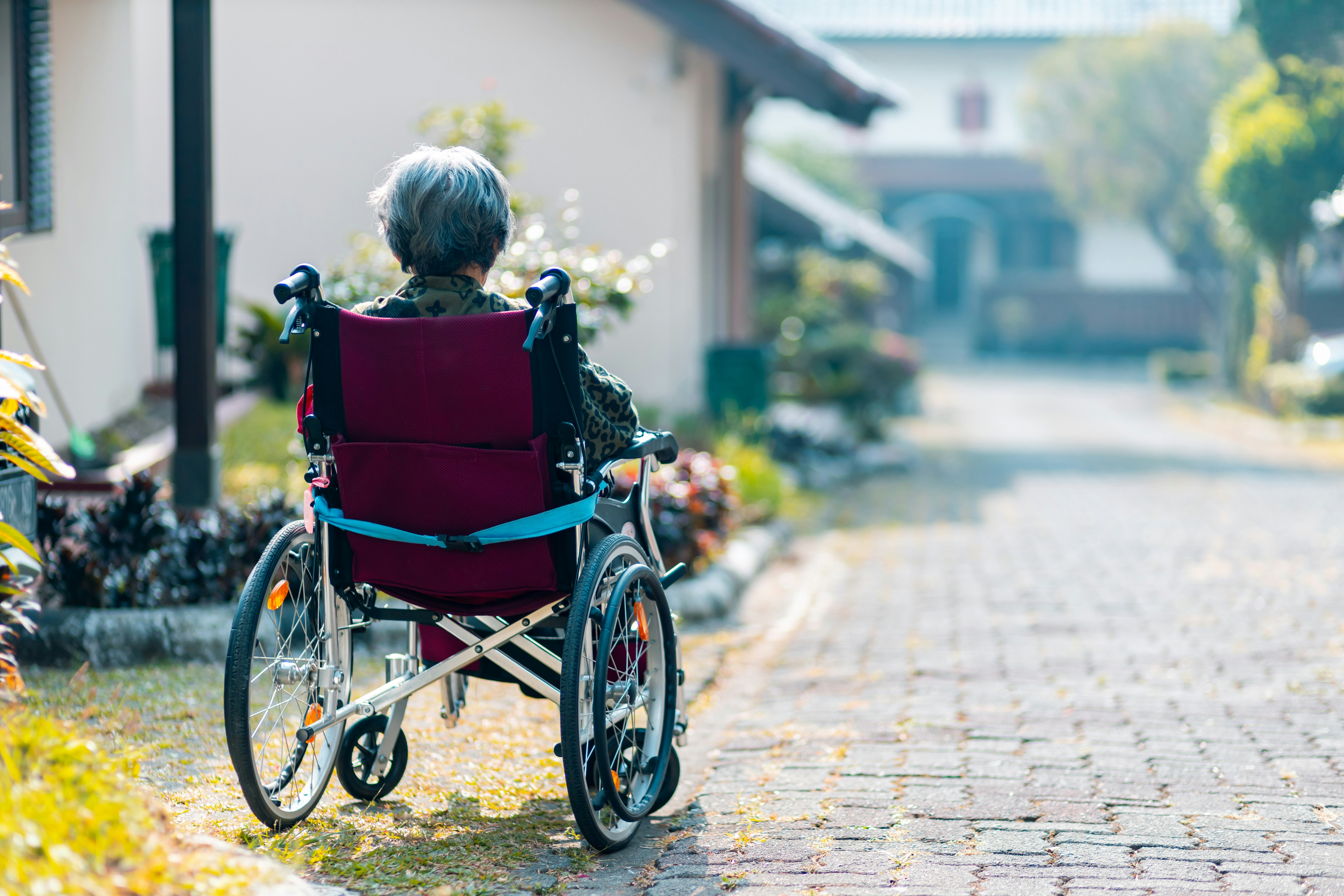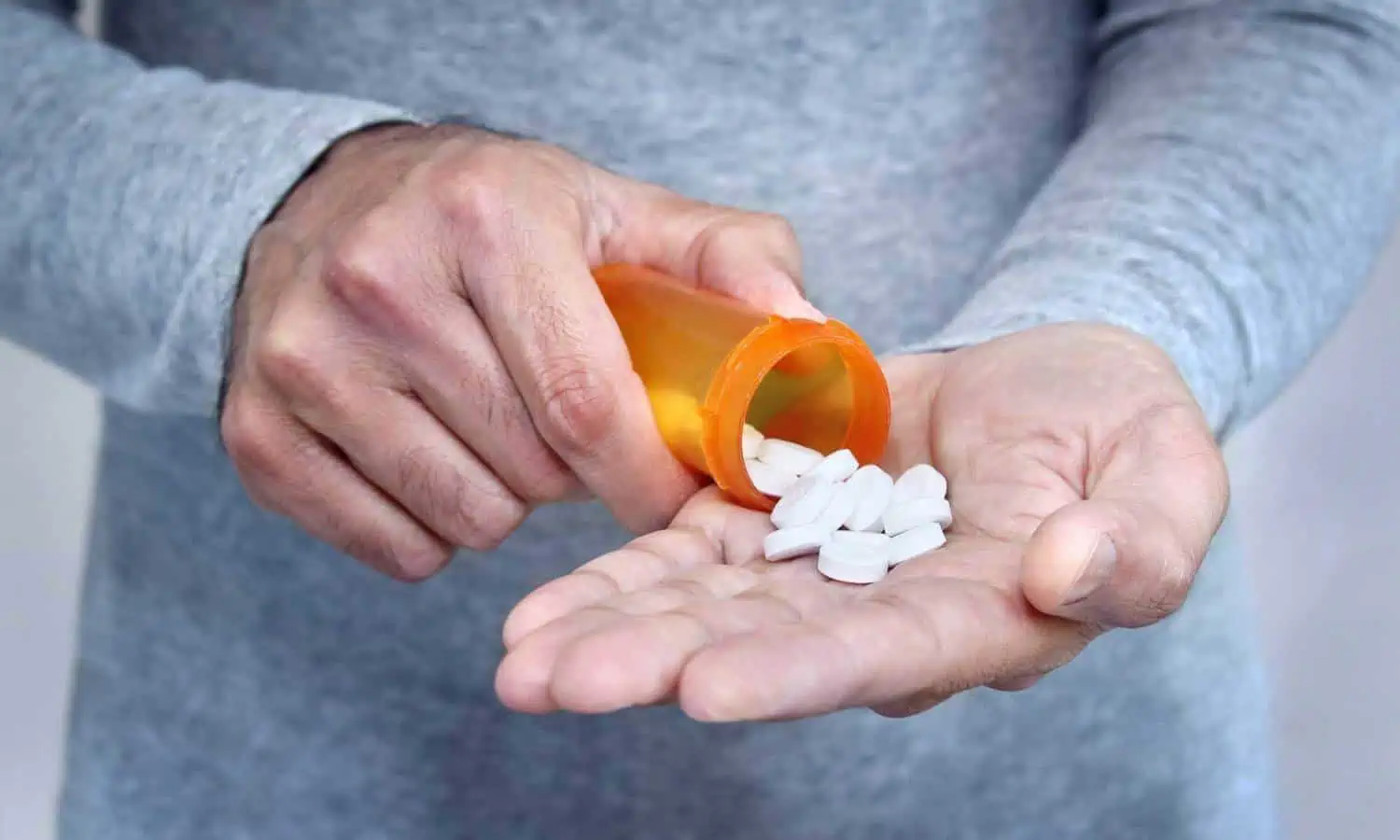Over the last two decades, alcohol-related deaths in the United States have risen by more than 50 percent. For women, that number goes up to 85 percent. The largest increase has been seen among middle-aged white women, who also happen to be chronic users of opioids. To understand why so many women are passing away from alcohol use, we first need to look at why women are drinking at a higher rate than usual. Discover below why more and more women are drinking and abusing alcohol.
Women Drink to Cope with Stress
One factor that may be causing more women to drink is stress. While the initial warm, fuzzy feeling of alcohol may be desirable, this quickly fades away. For many, having one or two glasses of wine at night to unwind from a hectic day might seem harmless. But when a person continually reaches for a drink every time they encounter a stressor, this form of self-medication can develop into a dangerous habit or spiral into a full-blown addiction.
During the pandemic, women increased their alcohol consumption at a higher rate than men, particularly on their heavy drinking days. Being stuck inside their homes, isolated from loved ones, and dealing with their children’s homeschooling, while also stressing over health and financial concerns, created the perfect storm for many women to drink their fears away. People who drink to cope rather than doing it for pleasure, have a greater risk of developing alcoholism.
Additionally, women take on many unique roles in society, which could be another source of stress. These roles may include family obligations, caregiving for children or elderly parents, work or school responsibilities, and more. Women are under a lot of pressure to meet all these expectations for themselves and others.
While many women use alcohol to cope with stress or anxiety, over time, it compounds the very psychological symptoms they are trying to avoid. Alcohol raises cortisol levels in the brain both while intoxicated and during withdrawal. These increased levels lead to physical health problems and depression, a disorder that is experienced at twice the rate of men.
Women Drink to Escape Trauma
Following a traumatic event, females are twice as likely to develop post-traumatic stress disorder (PTSD). This trauma can happen as a result of sexual, physical, or emotional abuse. In the US, one in five women experienced completed or attempted rape during their lifetime. And according to a study, 75 percent of women in addiction treatment have a history of physical/sexual abuse. While instances of sexual violence have decreased in the past two decades, this violence is still a very real problem and a big driver behind drug or alcohol addiction.
The shame and guilt women carry with them after a traumatic experience can weigh heavily on their entire being. Especially if they suffer from PTSD, victims may relive the painful memory over and over, causing disruptions in their everyday life. Alcohol can help them temporarily relieve their negative feelings, improve their self-esteem, and reduce loneliness.
But self-medicating with alcohol turns into a vicious cycle. This is because the trauma someone attempts to bury with alcohol essentially becomes a bigger problem. CDC studies have shown that drinking, especially binge drinking, has been associated with a higher risk of intimate partner violence and sexual assault. Without professional mental health treatment, many women may develop alcoholism or other co-occurring disorders like depression or anxiety.
Women Drink Because it is Normalized
With countless articles boasting the benefits of wine and “wellness” classes that combine yoga and binge drinking popping up all over the country, it’s hard to argue with claims that alcohol has become normalized in our culture. Even the decades-old myth that red wine is good for your heart is getting disproved by recent studies. In fact, no amount of alcohol has been found to protect against cardiovascular disease. Yet many are still using this myth to justify their drinking.
Alcohol delivery services are also a growing trend that makes it easier for people to fuel their drinking habits. Female college students drink more to keep up with the party culture and fit in with other people. All these factors have changed the way alcohol is viewed in our culture.
Alcohol marketing has become largely feminized, attracting women of all ages. Beverages with brightly colored bottles, fruity flavors, low calories, and catchy, empowering messages are being found more and more on liquor store shelves. Common phrases, like “mommy juice” or “wine o’clock” are showing up on household products and social media, normalizing drinking for mothers who are trying to manage their anxiety.
Whether it is on advertisements or TV shows, there seem to be happy women everywhere walking around with beer or cocktails in their hands. It’s no wonder that many women want to join in on the fun and drink as well. While wine brands named “Mad Housewife” and “Mommy’s Time Out” might seem humorous, at the end of the day, these subtle messages are doing more damage than good.
How Does Drinking Affect Women Differently Than Men?
Biological differences in body structure and chemistry cause women to absorb more alcohol and take longer to metabolize it. This is because women generally have less body water than men of the same weight. Without enough water to dissolve the alcohol, women end up having a higher concentration of alcohol in their blood and their organs and tissues are exposed to more toxins.
Females also have lower levels of ADH, an important enzyme that breaks down alcohol and reduces absorption. This means their blood alcohol levels rise more quickly and stay elevated longer, resulting in being intoxicated for longer. When women are having multiple cocktails in one hour, they can quickly cross over the threshold for alcohol-induced blackouts. So, it makes sense that women tend to have more blackouts and hangover symptoms compared to men.
Additionally, since alcohol remains in their body for extended periods of time, women are at greater risk of experiencing several side effects of alcohol:
- Liver damage – Women who repeatedly misuse alcohol develop alcohol-associated hepatitis, a potentially fatal alcohol-related liver condition. This pattern of drinking can also lead to cirrhosis (permanent liver scarring).
- Heart disease – Women are more susceptible to alcohol-related heart disease than men, even though they may consume less alcohol over their lifetime than men.
- Cognitive impairment – Alcohol-related cognitive decline and shrinkage of the brain develop more quickly in women than in men.
- Breast cancer – Drinking alcohol is thought to be linked to the development of breast cancer. Women who have one drink a day have a 5-9 percent greater chance of developing breast cancer than women who do not drink at all. Each additional drink increases the risk.
As a result of their dangerous drinking habits, there has been a staggering 85 percent increase in alcohol-related deaths in women from 1999 to 2017. Too many women have a drinking problem and this complex issue has many different factors behind it. But the first step is educating yourself and spreading awareness. If you believe you or a loved one has a problem with alcohol, there are signs to look out for and Mountainside can provide the quality treatment everyone deserves.
If you or a loved one is struggling with addiction, Mountainside can help.
Click here or call (888) 833-4676 to speak with one of our addiction treatment experts.

 By
By 







